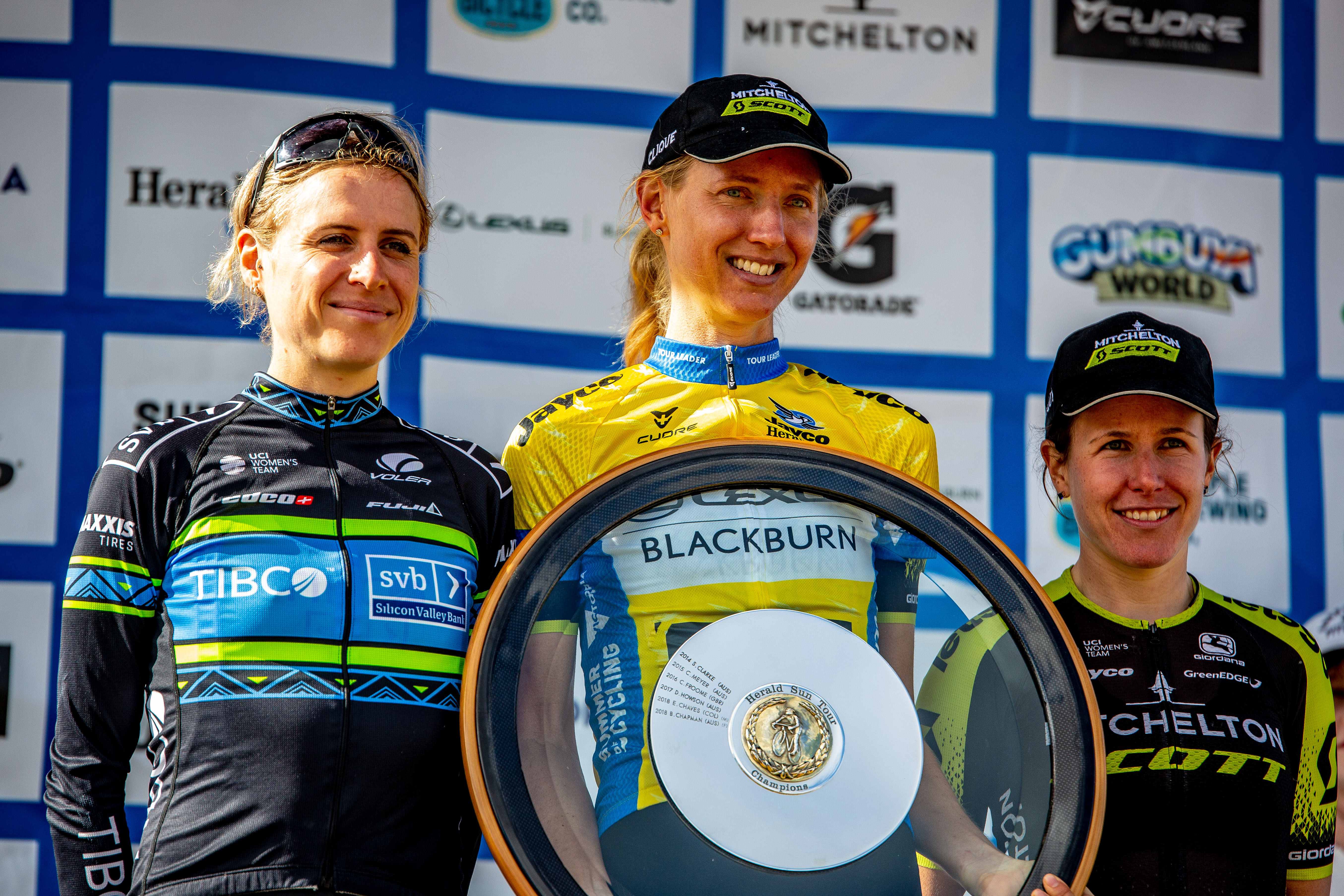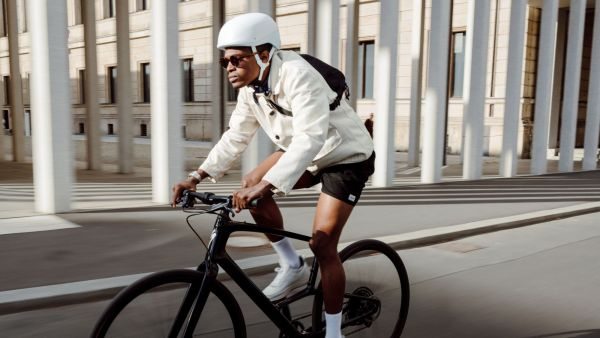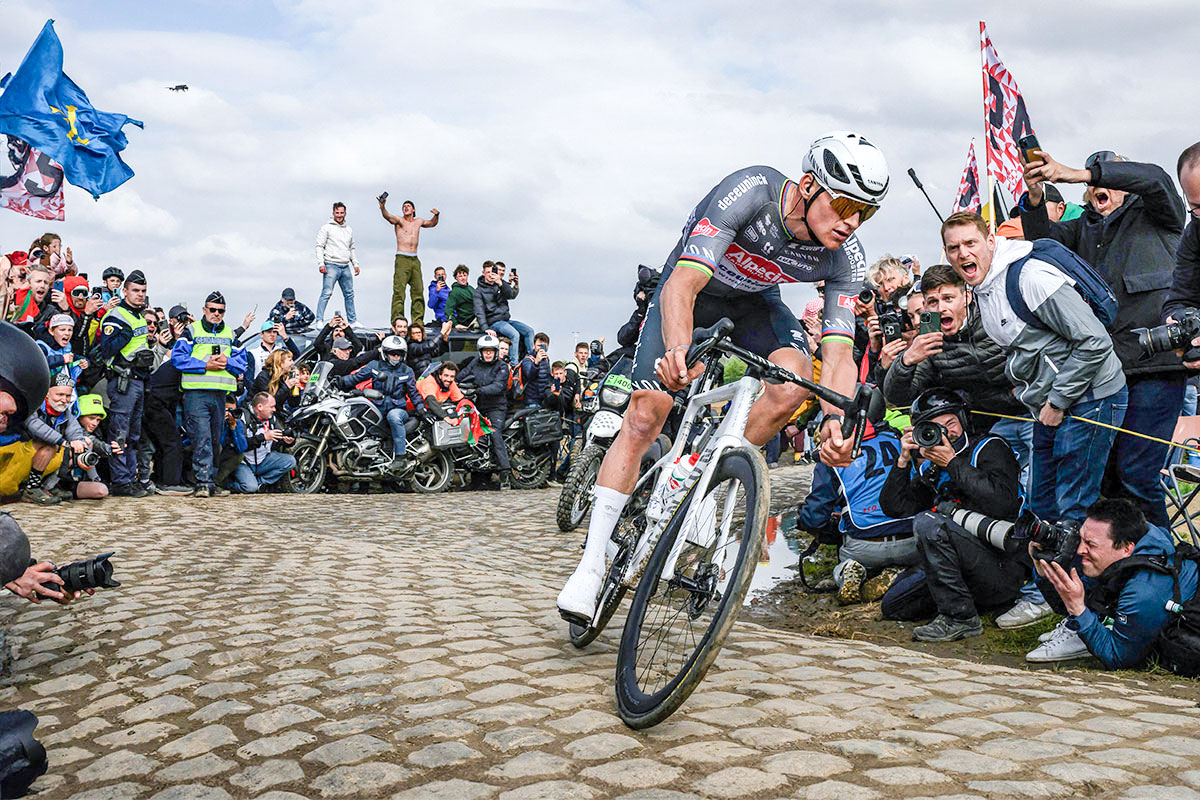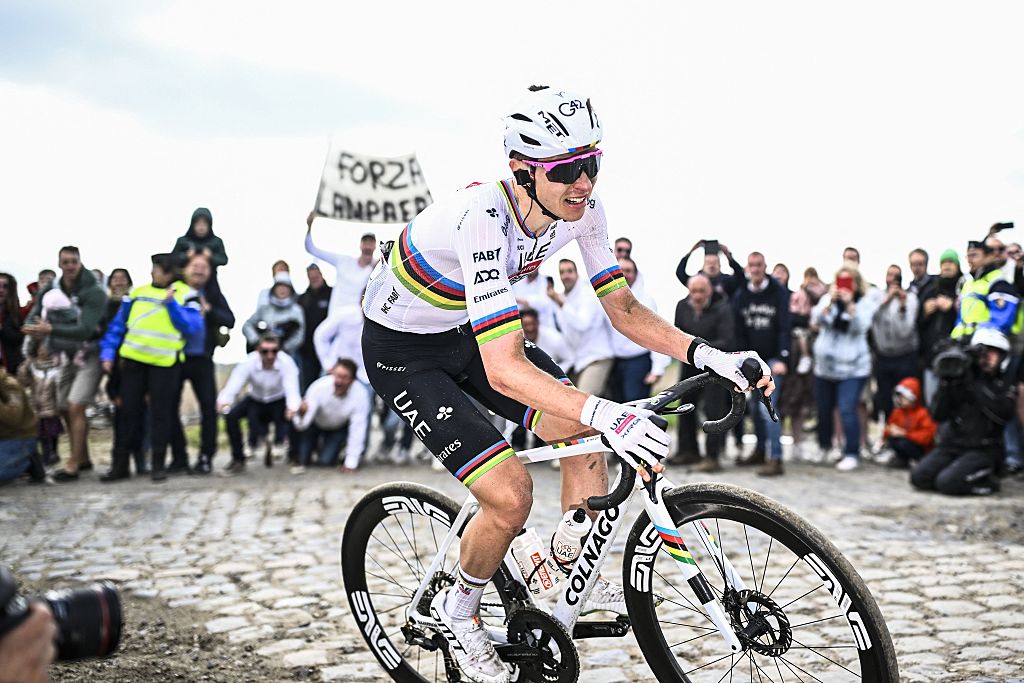Sagan the favourite but anything possible at Milan-San Remo
La Classicissima heralds the coming of spring

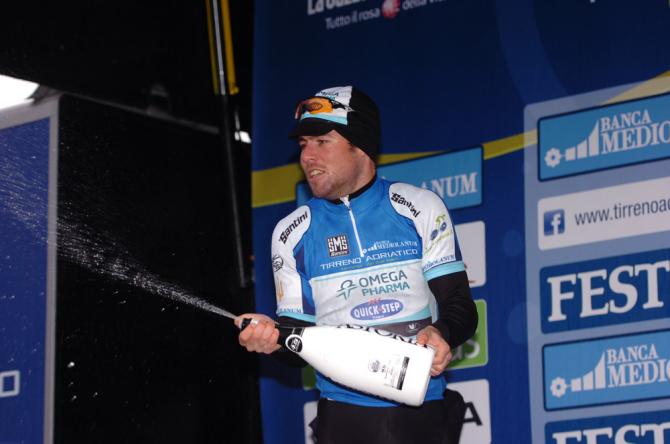
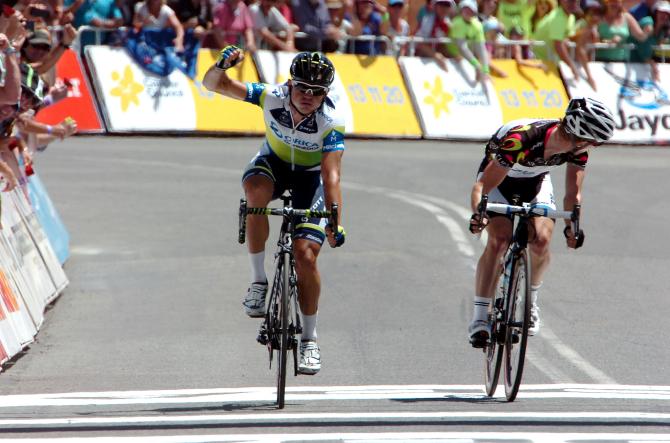
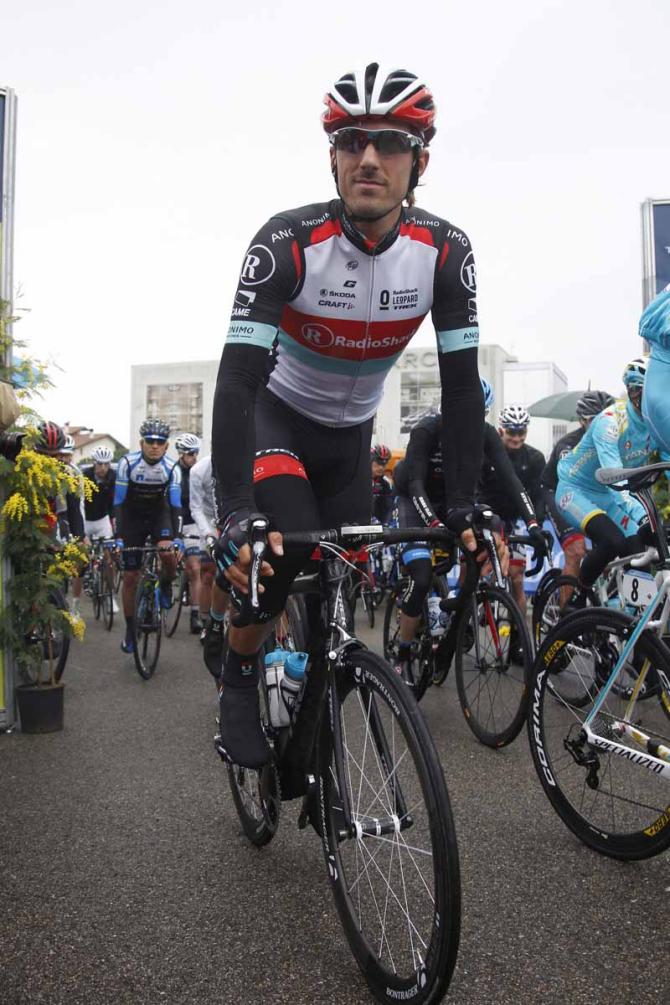
If the figures behind the touted World Cycling Series had invented the spring classics, there would never have been a Milan-San Remo, but the glorious anachronism that is La Classicissima, 106 years old this weekend, continues to stand proud as the opening monument of the cycling season and one of the most beguiling dates on the international calendar.
A 298-kilometre race from Milan to the fading grandeur of the coastal town of Sanremo, bereft of circuits, super-steep climbs or dirt roads, seems the antithesis of the spectacle apparently demanded by cycling’s so-called “stakeholders,” yet La Classicissima quickens the pulse in a way that few other races can.
The intrigue is provided in large part by the ambiguity of the route – the lack of serious climbs means that the sprinters line up in Milan with designs on victory, yet the race’s sheer length means that the capi on the run-in to Sanremo often turn from mere creases into roadblocks, and the headlands of the Riviera can quickly become a protracted elephant’s graveyard for the aspirations of the fast men.
The very nature of the route means that Milan-San Remo is the Classic that boasts the widest range of potential winners of all, yet seldom has there been as overwhelming a favourite for victory as Peter Sagan (Cannondale) this year. In a race that pits attackers against sprinters, logic says that the rider who can do both with equal aplomb – as Sagan showed at Tirreno-Adriatico – is the man to beat.
Milan-San Remo has a penchant of not smiling upon the red-hot favourite, of course – see Argentin in 1992, Bartoli in 1997 or Petacchi in 2004 – and, perversely, Sagan could also be undone by the range of weapons at his disposal. Will the Slovak follow the moves on the Poggio or keep his powder dry for a possible bunch finish on the Lungomare Italo Calvino? He couldn’t find a solution to that particular conundrum last spring, be it in Sanremo or in Belgium, and ended up with a string of placings but no Monument victory.
Sagan’s former teammate Vincenzo Nibali (Astana) was an impressive overall winner at Tirreno-Adriatico and he has gone on the offensive on the Poggio in each of the past two years, but while the Sicilian might well ignite the race, he will have to hope that no fast finishers come along for the ride. It’s a similar situation for Fabian Cancellara (RadioShack-Leopard), who finished second twelve months ago to Simon Gerrans.
It will be intriguing to see how Sky’s classics outfit perform after their recent stint at altitude in Tenerife, and others who will look to show themselves on the Cipressa and Poggio include world champion Philippe Gilbert (BMC), Greg Van Avermaet (BMC), Filippo Pozzato (Lampre-Merida), Mauro Santambrogio (Vini Fantini-Selle Italia), Yoann Offredo (FDJ) and Sagan’s teammate Moreno Moser (Cannondale).
While the aforementioned will look to blow up the race in the finale, there is a large cadre of sprinters with their eyes on victory in Sanremo. Mark Cavendish (Omega Pharma-QuickStep) claims that the pace on Le Manie in recent years is such that he can no longer aspire to victory, but if the Manxman can survive that early cull, then his chances will rise exponentially all the way to Sanremo.
While André Greipel (Lotto Belisol) has yet to produce at Milan-San Remo, his fellow countryman John Degenkolb (Argos-Shimano) showed that he has the distance in his legs by finishing 5th last year, and he seems the best-equipped of the sprinters to survive the selection in the finale. Thor Hushovd (BMC), Edvald Boasson Hagen (Sky) and Tom Boonen (Omega Pharma-QuickStep) are other fast finishers who can withstand the pace in the finale, but no sprinter has done so with the same aplomb as Matt Goss (Orica-GreenEdge) in 2011. On that occasion, the Australian manoeuvred his way into a rather elite winning move before unleashing a fine sprint to take the win, and his stage victory at Tirreno-Adriatico augurs well for his form.
But while the winner at Milan-San Remo could come from any one of around thirty riders, it would be fallacy to describe the race as a game of chance. 2012 winner Simon Gerrans (Orica-GreenEdge) would scarcely have backed himself beforehand, but the Australian still showed considerable strength to track Cancellara and Nibali on the Poggio and nous to beat them in the sprint. At the very least, it’s a pretty elite kind of lottery when you have to race 300 kilometres just to buy a ticket.
The route
Held on the weekend nearest St. Joseph’s Day [March 19], Milan-San Remo traditionally heralds the coming of spring as the peloton travels from the frigid air of Milan and the plain of Lombardy to the warmer temperatures of the Riviera. The ascent of the Passo Turchino – which will be banked with snow on Sunday – marks the spiritual midway point of the race, the bridge between winter and spring as the race then begins to snake along the Ligurian coast.
While the Turchino is an early tester, the stiff climb of Le Manie (204km) has become an increasingly important turning point since it was introduced to the route in 2008. A crash on the climb eliminated the majority of the sprinters two years ago, while last season, Mark Cavendish’s hopes of victory came to an abrupt halt on its slopes.
It is in the final 50km that the race truly explodes into life, however, as the capi make their presence felt. Hostilities begin on the Capo Mele, and the Capo Cervo and Capo Berta follow in quick succession. They may only be undulations in the grand scheme of things, but with little time to recover and the pace rising ever higher, more and more riders and deposited are out the back.
Plummeting temperatures have been a feature of the European season to date, and that trend might well continue on Sunday. Rain and temperatures of 3º Celsius are forecast for the start in Milan’s Castello Sforzesco, there is a strong chance of snow on the Turchino, while the outlook in Sanremo is not expected to be much brighter, with light rain expected.
Get The Leadout Newsletter
The latest race content, interviews, features, reviews and expert buying guides, direct to your inbox!

Barry Ryan was Head of Features at Cyclingnews. He has covered professional cycling since 2010, reporting from the Tour de France, Giro d’Italia and events from Argentina to Japan. His writing has appeared in The Independent, Procycling and Cycling Plus. He is the author of The Ascent: Sean Kelly, Stephen Roche and the Rise of Irish Cycling’s Golden Generation, published by Gill Books.
Latest on Cyclingnews
-
Herald Sun Tour set to return in 2026 after five-year absence with Grace Brown as women's race director
Men's and women's events planned for February next year, details to be announced in coming weeks -
Best hybrid bikes: Fast bikes for leisure and commuting
Our pick of the best hybrid bikes in 2025 covering a range of different styles, use cases and designs -
Paris-Roubaix: The Good, The Bad, and The Ugly of the Hell of the North
Digesting all the action from the 2025 editions of the biggest Classic on the calendar -
Paris-Roubaix defeat only confirms Tadej Pogačar's greatness – Opinion
Slovenian's multitude of talents make him the best of his generation and an example for the sport to follow
